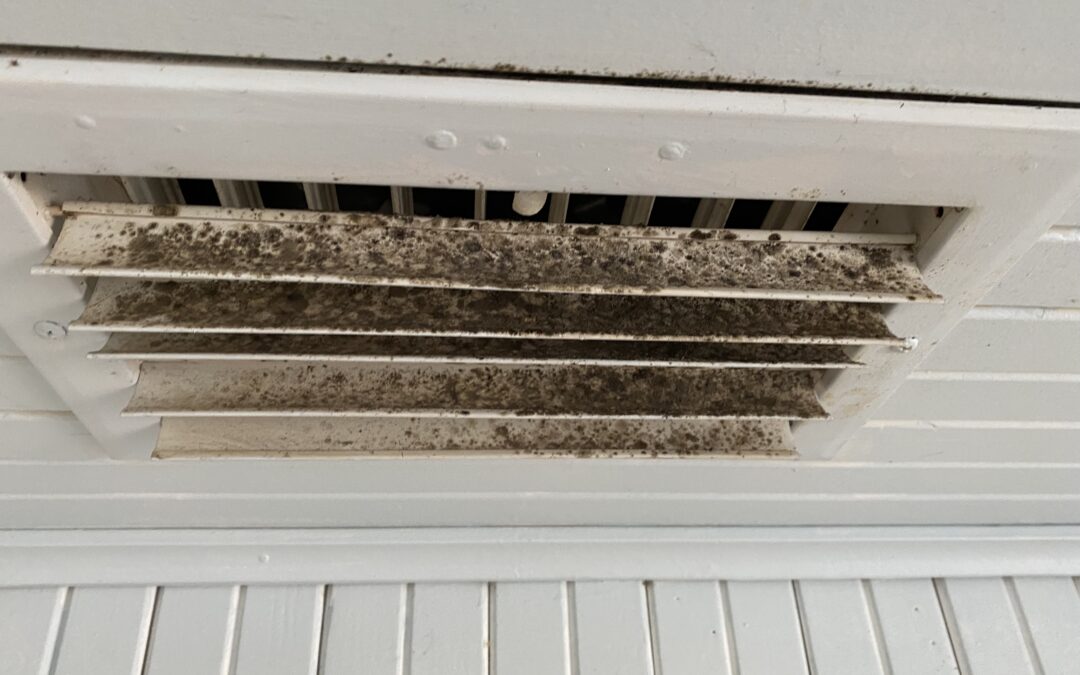Mold is a common problem in residential homes that can have serious health consequences if left unchecked. There are many different types of mold, each with its own unique characteristics and potential health effects. Here are five of the most common types of mold found in residential homes:
- Alternaria: Alternaria is a type of mold that can grow indoors and outdoors. It is commonly found in damp areas such as bathrooms, kitchens, and basements, as well as in areas with high humidity. Exposure to Alternaria can cause allergic reactions, asthma attacks, and other respiratory problems.
- Aspergillus: Aspergillus is a type of mold that is found in many different environments, including soil, plants, and decaying organic matter. It can also grow in homes, particularly in areas with high humidity or water damage. Exposure to Aspergillus can cause allergic reactions, lung infections, and other respiratory problems.
- Cladosporium: Cladosporium is a type of mold that is commonly found in damp areas such as bathrooms, kitchens, and basements, as well as in areas with high humidity. It can also be found outdoors in soil and on plants. Exposure to Cladosporium can cause allergic reactions, asthma attacks, and other respiratory problems.
- Penicillium: Penicillium is a type of mold that can grow in many different environments, including soil, food, and decaying organic matter. It is also commonly found in homes, particularly in areas with water damage or high humidity. Exposure to Penicillium can cause allergic reactions, lung infections, and other respiratory problems.
- Stachybotrys: Stachybotrys is a type of mold commonly referred to as “black mold” due to its dark color. It is typically found in areas with water damage or high humidity, such as basements, bathrooms, and kitchens. Exposure to Stachybotrys can cause allergic reactions, lung infections, and other respiratory problems, as well as neurological symptoms such as headaches, fatigue, and memory loss.
Mold and the Home Inspection
While a home inspection is a crucial step in the home buying process, it does not typically include a mold inspection. Here are some reasons why:
For one, mold inspection requires specialized training and equipment. Home inspectors may not have the necessary training or equipment to detect mold, assess its severity, or determine the best course of action for remediation.
Additionally, mold is not always visible. Mold can grow in hidden areas such as inside walls, under flooring, and in HVAC systems. A home inspector may not be able to see these areas or access them without damaging the home, making it difficult to detect mold.
Lastly, mold is not a structural issue. While mold can be a health hazard, it is not always a structural issue that affects the safety or value of the home. A standard home inspection focuses on structural issues that affect the safety and integrity of the home, such as foundation problems, electrical issues, and plumbing problems.
Mold Inspections
A mold inspection is a process of identifying and assessing mold growth and moisture issues in a home. Here’s a general overview of how mold inspections typically work:
- Visual inspection: The first step in a mold inspection is a visual inspection. The inspector will look for visible signs of mold growth, such as discoloration on walls, ceilings, and floors. They will also look for signs of moisture issues, such as water stains or dampness.
- Moisture readings: The inspector may use specialized equipment to take moisture readings in areas of the home where moisture is common, such as basements, crawl spaces, and bathrooms. These readings can help identify areas where mold is likely to grow.
- Air sampling: The inspector may take air samples to test for the presence of mold spores in the air. These samples can help identify hidden mold growth that is not visible during the visual inspection.
- Laboratory analysis: The air and surface samples are typically sent to a laboratory for analysis. The laboratory will test the samples for the presence of mold spores and identify the types of mold present.
- Reporting: After the inspection is complete, the inspector will provide a report detailing their findings. This report will include information on the locations of mold growth, the severity of the mold growth, and recommendations for remediation.
In summary, mold is a common problem in residential homes that can have serious health consequences if left unchecked. There are many different types of mold, each with its own unique characteristics and potential health effects. It is important to take steps to prevent mold growth, such as controlling humidity levels and addressing water damage promptly. If mold is suspected or identified in the home, it should be addressed immediately by a qualified professional.

